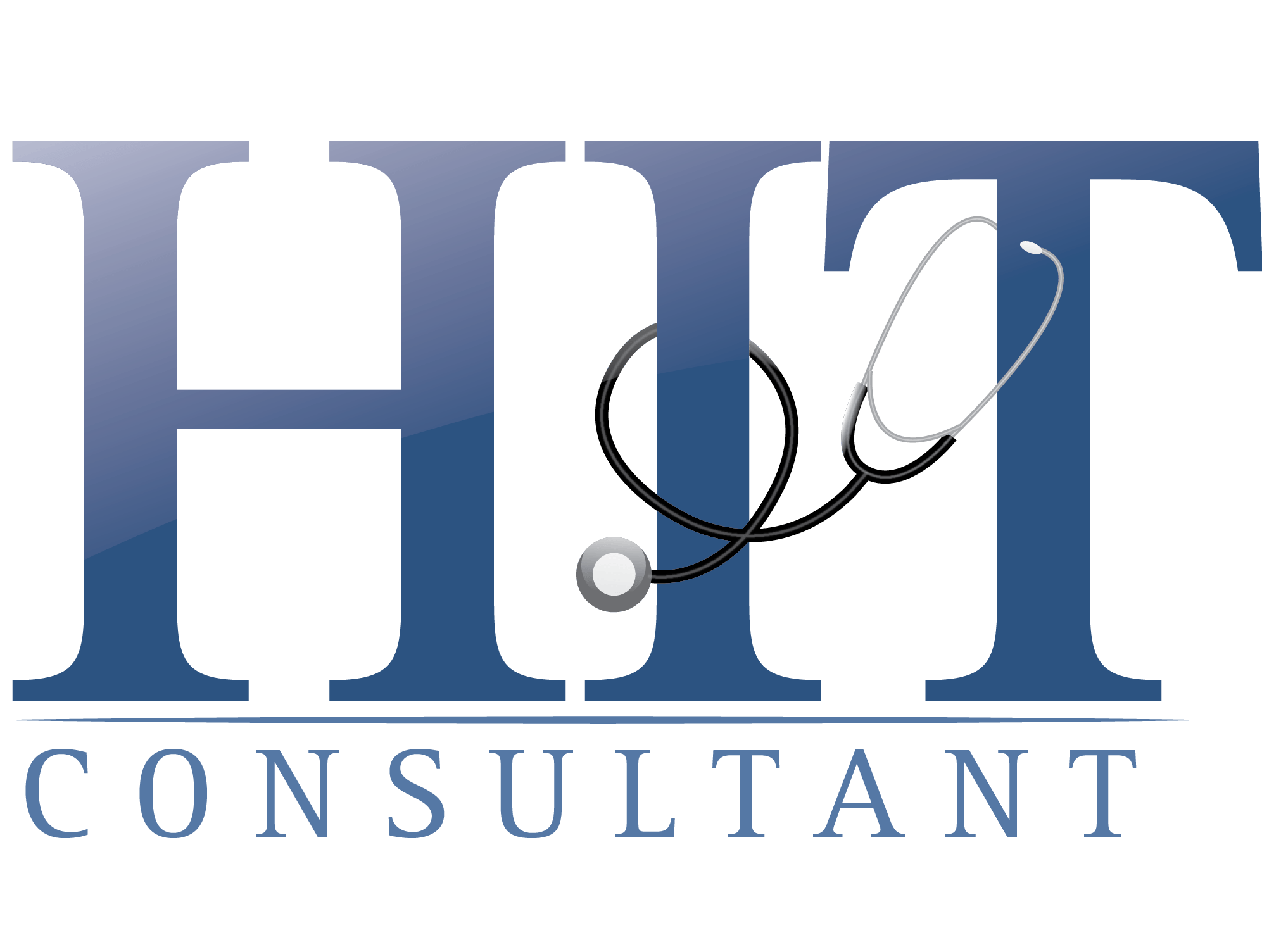
This post is sponsored by SyTrue
We know that healthcare organizations face growing volumes of data, and better data helps improve patient care. But with 5 million medical notes created daily, this means nearly 2 billion notes annually – a sea of data.
Add in data from wearables and mobile health apps (165,000 already**), and it’s clear that the data collected per patient is enormous. In this complex electronic information environment lies the key to improving healthcare for providers and patients.
If we’re awash in data, how do we convert the complex data into meaningful information to predict patient outcomes? With new algorithms, artificial intelligence and machine learning, healthcare data can drive improved patient outcomes. Absent a data-driven focus, organizations will lag as innovators and providers won’t deliver quality care.
So how do we transform data into intelligent information for informed decisions? We asked Kyle Silvestro, CEO of SyTrue and a nationally recognized thought leader in data-driven healthcare, for insights on the biggest roadblocks to achieving real data-driven care.
1. Unstructured Data – Misunderstood, Yet Crucial

Data grows more complex daily, both in sources and formats. It comes from lab and imaging results, pharmacies, “minute-clinics” – besides data more traditionally found in physicians’ offices, hospitals and public clinics. It is structured and unstructured, so it’s viewable in familiar table (or structured) formats, or as text (unstructured) notes that appear as lengthy, even garbled narratives, hard to use for data analytics.
“There are,” Silvestro reminds us, “nearly 2 billion new medical notes each year.” As health IT pros wrangle these growing volumes of unstructured data, they also need interoperable data from other systems, to do the analytics needed. But data generally is “dirty” and error prone: ICD-10 codes assigned to cases at the point of care have error rates of 20 to 50 percent, as Kyle Silvestro told Forbes recently. Errors creep in through data entry and data management, too.
With little interoperable technology or tools to manage it, the issues of working with data grow bigger and more data gets lost. Here’s a worrying number: As Gartner Group has forecast, 80% of the data is now unstructured and continuing to grow in volume – it’s just not manageable even by current staffers and technology working together.
“We’re facing a crisis that’s only partly recognized,” says Kyle Silvestro. “Because of the volume of data, we see a huge loss of data at the backend – through fraud at times, or more often, missed opportunities for early detection of disease,” Silvestro adds. “All of this can be addressed with the right technology.”
2. Interoperability – HIT’s Elusive “Holy Grail”
“Interoperability is still a moving target,” Silvestro points out, “because medical records systems weren’t built with data exchange in mind.” It’s a roadblock.
When doing analytics, this is messy. “How does an analytics team handle 153 different types of section headers (in medical records) that all mean ‘medication’ or ‘social history’?” he asks. “What about abbreviations and misspellings? And how do analytics specialists include legacy data? An analytics team still needs every bit of that information to make decisions. How do we do all this?” he asks.
Health IT’s HL7 standards – designed for health data interoperability and useful in generating continuity of care documents (CDAs) used in different systems — help manage this roadblock, as do HIEs (health information exchanges). Electronic medical record industry leaders are also partnering on broader solutions – through groups like the CommonWell Health Alliance. But there’s difficulty getting an acceptable definition of “interoperability,” so a broad-based answer is slowly emerging.
What does address the issue is a comprehensive platform that takes on interoperability in a new way,like SyTrue’s Natural Language Processing Operating System (NLP OS™). NLP is used to identify the complex language issues in medical records, a terminology server tracks varying usage in medical terms – “heart attack” can be labeled in 5 ways (which is best?) – and machine learning is deployed to create a “smart system” that learns over time. “This approach,” says Silvestro, “ensures that providers have an unambiguous, accurate picture of what happens in any patient visit.”
3. Poor Awareness of What Makes Data Meaningful
What makes data meaningful? (Note: “Meaningful use” guides for electronic health records are a separate issue.) For Silvestro, it’s critical to understand how the right data can add value to patients’ lives and their providers’ assessments of them.
“There is a lack of awareness about what makes data meaningful so it empowers patients,” Silvestro said. “Medical information is complicated. How do you bring it down to the patient level — and help them use it to manage their acute or chronic conditions? How to you help a physician reach precision using all available data on a patient?”
Physicians know what makes data meaningful, but it’s often hidden in their case narratives – the “unstructured” patient data — typically captured imperfectly by today’s electronic medical records. Physicians need the right data to do their jobs.
What’s vital is a way to “surface” the complete data already in medical notes, and “that technology exists,” says Silvestro, “in comprehensive platforms designed to include all the meaningful data ‘locked in’ the patients’ medical records.” NLP is part of the solution.
4. Billing and Revenue Cycle Management – Outlived its ‘Shelf Life’?
One more obstacle to data-driven healthcare is billing and revenue cycle management used by provider groups and hospitals. Value-based healthcare demands a change.
“Medical billing really needs to go away in its current format,” Silvestro stressed. “It’s not meaningfully representing the outcomes in a patient’s case, and we must focus on outcomes. For a data-driven, outcome-focused world, we need financial incentive models to reward providers differently. So providers can target getting patients back to work two weeks sooner than they might at a nearby healthcare facility,” for example. “That’s value-based care in action,” he added.
“So instead of paying according to contracts between payers and providers, let’s pay for outcomes that the patient sees. We know the average cost for a given condition; if the provider gets a patient healthy sooner, the provider should get a bonus. And if we publish this data, physicians have incentives to improve care and stay ahead of competitors.” While we’re moving in this direction, Silvestro said, “we’re not there yet.”
5. Legacy Systems and Their Impact
A final roadblock we face, says Silvestro, is legacy systems where data is being “held hostage” from the patient, from facilities, and is released only for a fee – if released at all. In a data-driven world, capturing data accurately requires shifting from a legacy model to one that’s open, more innovative and patient-friendly.
Silvestro points out that “legacy systems are closed systems. They’re built to keep data in, so people can’t get it out. People must pay to access to their own data, pay for access to what they already own,” he adds. In a data-driven world, “the data would flow freely to patients. So legacy systems are ill-equipped to be interoperable, ‘smart systems’ or open platforms. They’re just the opposite.”
But once data gets opened up for analysis and broad use, innovation begins – and, as Silvestro points out, patients are the beneficiaries. “If you use the right technology, process the data at the point of care and refine that information, you won’t accumulate 5 million medical notes daily. Instead, you now have data that is run against an algorithm that supports physicians and tells them, ‘Go call this patient – there’s a problem here’.”
“If we want data-driven decisions in physicians’ offices and hospitals soon,” says Kyle Silvestro, “we have to innovate with leading-edge technology like NLP and machine learning to go around these roadblocks. If we don’t do it now, then when?”
References
**Source for mHealth apps used by consumers: IMS Institute, “Patient Adoption of mHealth” (2015) – presented at HIMSS mHealth Summit (Nov. 11, 2015).
